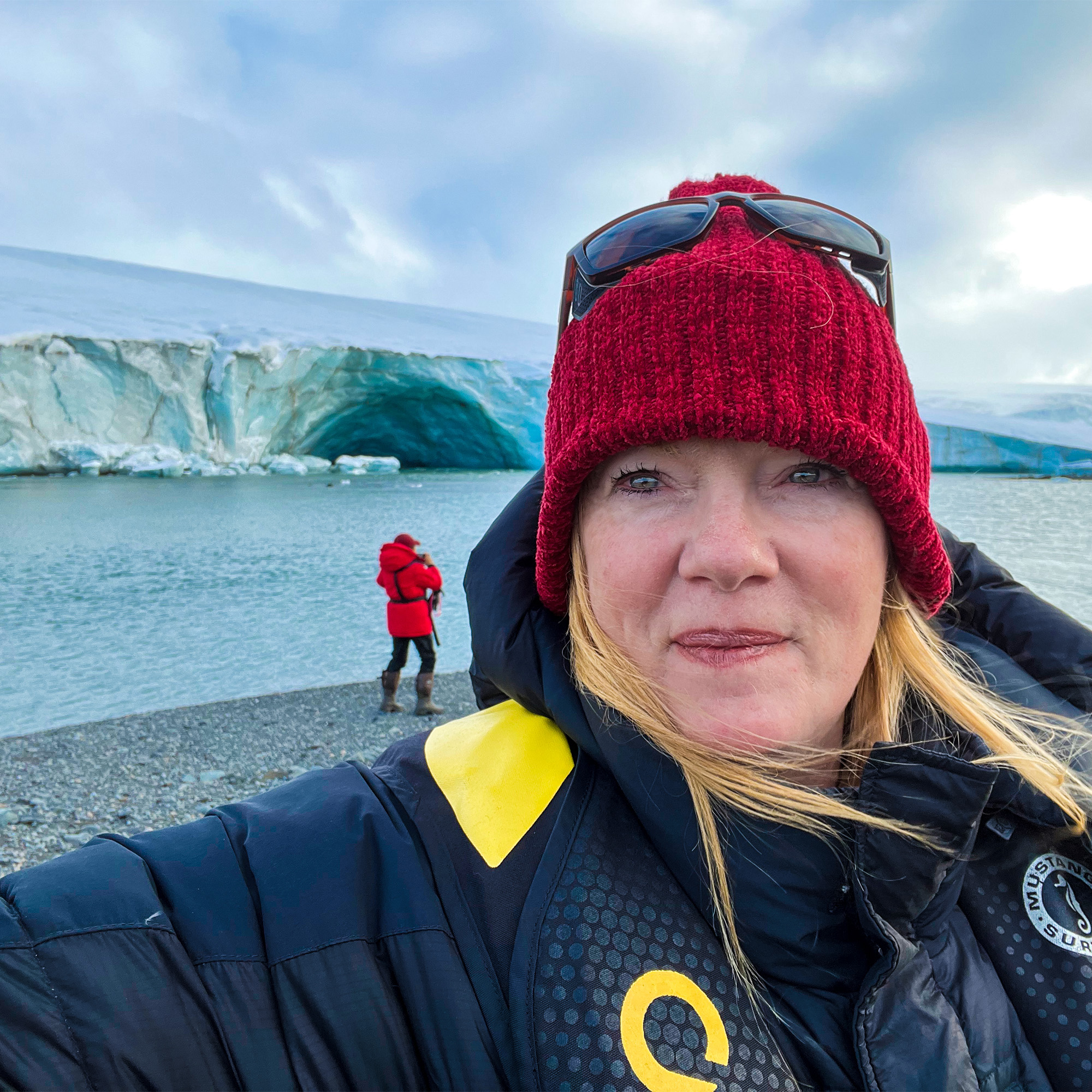I’m an international film director, and for the past 15 years, I’ve focused on climate change and sustainable solutions.
My journey began in corporate advertising, but I wanted to do something more meaningful. A pivotal moment in my life came when I had the chance to travel to Antarctica with 40 teenagers from around the world to direct a documentary for Discovery. That experience changed my perspective, making me realise the importance of telling stories that educate people about the science behind climate change.
I’ve since dedicated my career to filming with scientists globally, capturing compelling narratives on climate systems. My work includes The Tipping Points series, a six-part documentary filmed across the world, accumulating nearly 500 hours of footage. I’m thrilled to have this collection with Science Photo Library and hope it will inspire more climate storytelling.



